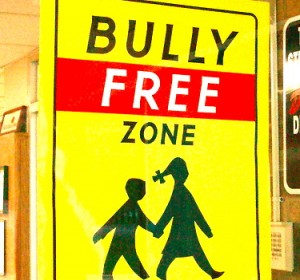Amidst heightened media coverage of cyberbullying, and a quickly spreading YouTube series of videos called It Gets Better, which depicts personal accounts of harassment and support for gays and lesbians (including a message from President Barack Obama himself), the Department of Education sent a 10-page letter to schools reminding them of their responsibilities to protect students and prevent harassment.
From the New York Times:
“I am writing to remind you that some student misconduct that falls under a school’s anti-bullying policy also may trigger responsibilities under one or more of the federal anti-discrimination laws,” says the letter, signed by Russlynn H. Ali, assistant secretary for civil rights.
Compared with personal bullying in the hallways of schools and campuses, cyberbullying can escalate much more swiftly (in the form of mass texts, emails, and public social-network profiles), and can happen under the radar of school officials.
To that end, here's a report from contributor Katie Stansberry on how educators can help.
By Katie Stansberry
Resources for Educators Against Bullying


